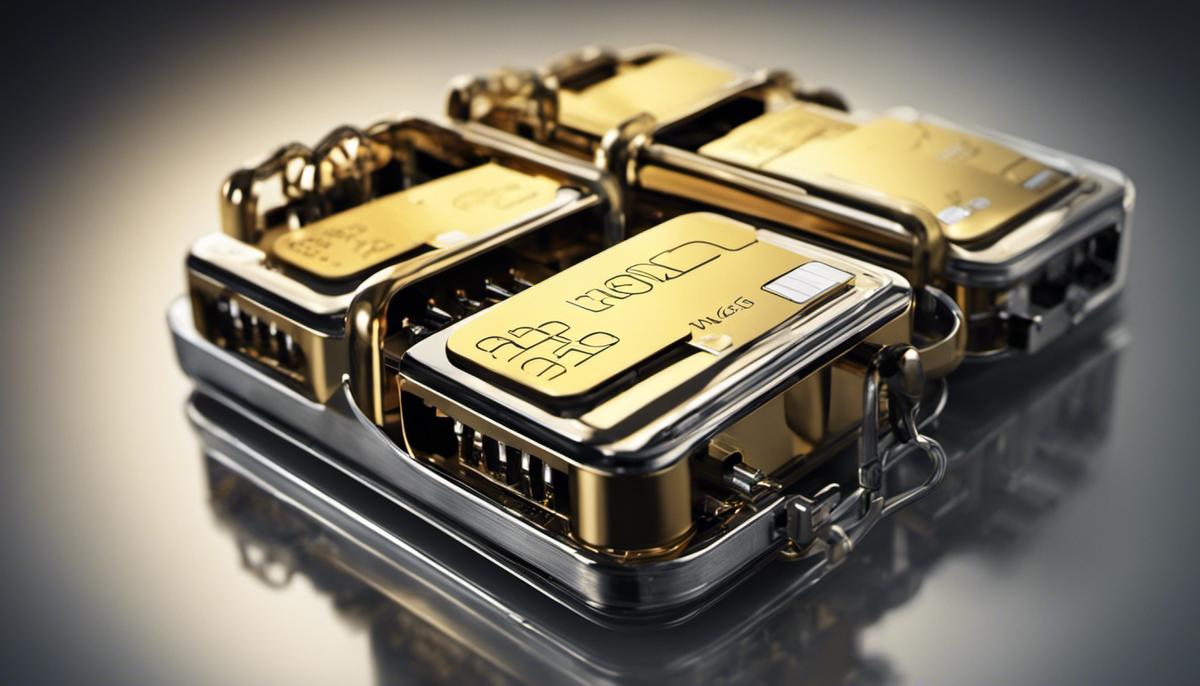Imagine being able to store a world of information on a small chip, enabling you to connect with friends, family, businesses, and the internet from your mobile device. That’s the power of the Subscriber Identity Module better known as the SIM card. This seemingly tiny and insignificant piece of technology is a fundamental element of mobile communication, serving as the backbone of our ever-increasing connectivity. From the different types of SIM cards to their installation, activation, and security, this exploration of SIM cards will arm you with all the vital information you need to navigate this crucial aspect of mobile technology.
Function and Purpose of a SIM Card
Understanding the Crucial Role of SIM Cards
A Subscriber Identity Module, or SIM card as it is commonly known, is a tiny chip that is one of the most vital components of mobile devices. This chip is a microcomputer, offering an array of functions central to the operation of any cell phone. It serves as the middleman between your phone and your mobile network, enabling your device to connect to the wider cellular network. In simpler terms, without a SIM card, your device would not be able to make calls, send texts, or access mobile data.
More than just enabling connectivity, the SIM card also plays the crucial role of storing user information. This includes your mobile number, identification information for the cellular network, your contacts, and even text messages. It is this capability that allows you to smoothly transition your information from one device to another by simply switching your SIM card.
Understanding Different SIM Card Variants
There exists an array of SIM card types, varying in size, yet identical in their basic functionalities. The standard SIM, primarily found in older mobile devices, is the largest variant. However, as phone designs evolved to become sleeker and more compact, the demand for smaller SIM cards spurred the development of Micro SIM and later, the Nano SIM, both drastically smaller than the standard. Present-day devices even use eSIMs, digital versions of the SIM cards that do not require a physical card.
Regardless of its form, the SIM card’s fundamental functionality persists—it acts as a conduit connecting your device to your mobile network and stores crucial user data.

How to Install and Activate a SIM Card
Guidance on SIM Card Installation Procedure
The method of installing a SIM card can vary slightly, depending on the make and model of your mobile device. Generally, the process starts by identifying the SIM card slot, often located on the device’s side or underneath the battery. Once located, the SIM card needs to be inserted in the correct orientation, followed by replacing the cover or battery if necessary. A special tool, called a SIM ejector, usually provided with the mobile device, is needed to access the SIM card slot. In certain devices, you may have to turn off the phone before initiating the SIM card installation.
Understanding SIM Card Activation and Troubleshooting
To use a new SIM card, you’ll first have to activate it. This typically involves making a phone call or visiting your mobile service provider’s website to follow their specific instructions. You might have to provide a card number or some other unique identifier before the process can be completed. If you run into any problems during or after this process, it can usually be solved by checking whether the SIM is inserted correctly, restarting your phone, or reaching out to your service provider’s customer support team.
After activation, it’s worth noting that your SIM can take anywhere from a few minutes to some hours to fully activate. If your service isn’t working after activation, you may need to tweak your phone’s network settings or verify if there are any service interruptions happening nearby.

SIM Card Security and Troubleshooting
How to Secure your SIM card against Unauthorised Use
Another important aspect of owning a mobile phone is ensuring the security of the SIM card, as this is where crucial data such as your contacts and text messages are often stored. Fortunately, there are several steps that you can take to secure your SIM and keep it safe from any unauthorised use. Among the most effective is setting up a personal identification number (PIN), which would be required any time your phone is switched on in order to access the information stored on the SIM.
This not only adds an important extra layer of security, but also stops someone else from being able to use your SIM in a different phone. Making regular backups of your SIM card’s data is also highly recommended – if your phone is lost, stolen, or simply stops working, this will allow you to restore your information on a new card easily.
Troubleshooting common SIM card problems
Occasionally, users may encounter problems with their SIM cards. Two of the most common issues include the phone not detecting the SIM card or the SIM card becoming locked. If your phone isn’t recognizing your SIM card, try removing the card and cleaning it gently before re-inserting it. If that doesn’t solve the problem, the card may be damaged, or there may be an issue with your phone’s software – in which case, an update might fix the issue.
If your SIM card is locked, this is due to incorrectly entering your PIN number multiple times. To solve this, you’ll need to enter a PUK (Personal Unblocking Key) code, which is typically provided by your mobile network upon request.

After exploring the lifeline of mobile communication – the SIM card, we now have a better understanding of its roles, its extremities, and the issues we may encounter. A piece of technology that may seem insignificant due to its size, yet it holds an enormous role in our daily interaction with the digital world.
Secure usage alongside correct installation and activation, can significantly enhance our mobile experience. Remember, knowledge is power, and in understanding the basic workings of our everyday technologies like the SIM card, we are not only keeping ourselves informed but also enhancing our interaction with the digital universe.
